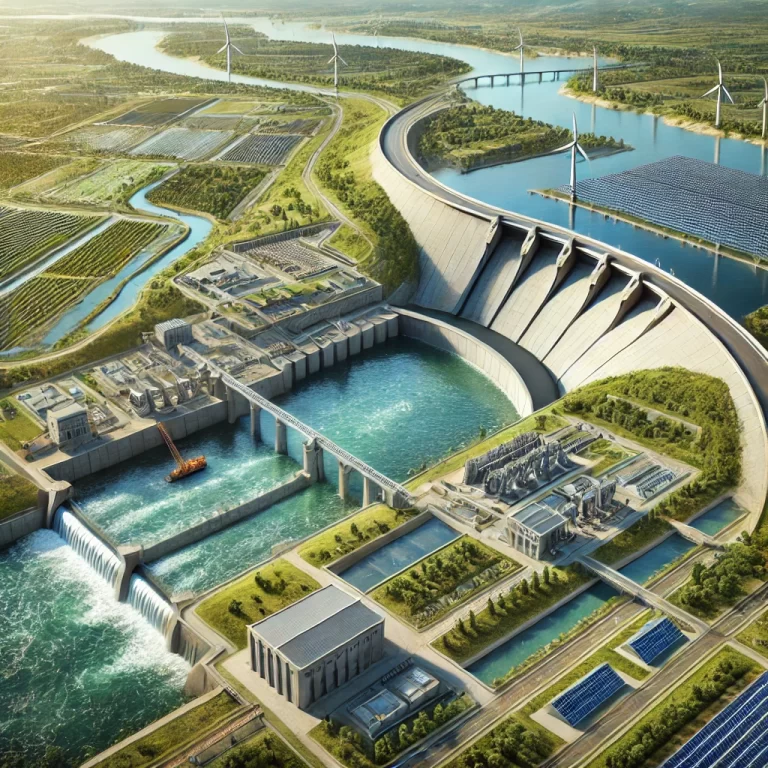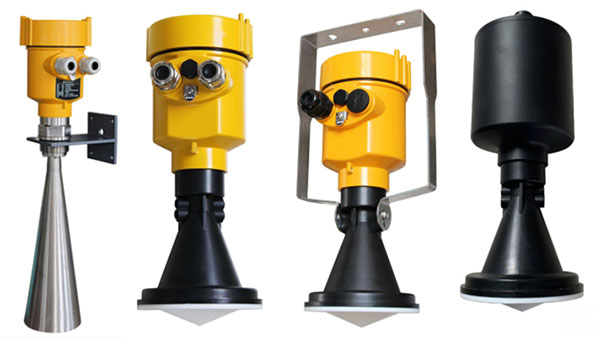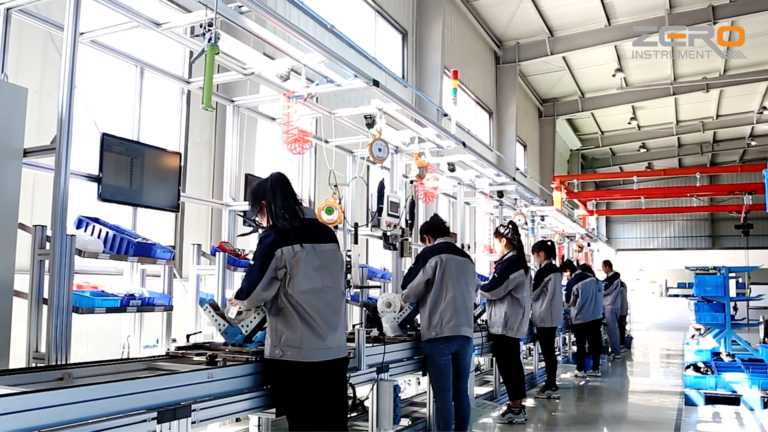When dealing with liquids containing solid particles or viscous substances, accurately measuring the liquid level becomes a technical challenge. Due to its non-contact measurement characteristics, the radar level meter has shown unique advantages in such applications. This article will analyze the application of radar level meters in measuring the water levels in coarse and fine grids.

Radar level meters are based on microwave radar technology, which measures distance by transmitting microwave signals and receiving the reflected signals. When the microwaves come into contact with the liquid surface, part of the signal is absorbed, while the other part is reflected back to the radar antenna. By calculating the round-trip time of the signal, the liquid level height can be determined. This method of measurement allows radar level meters to be suitable for various complex environments, including high temperatures, high pressure, corrosive conditions, and liquids containing large amounts of suspended solids.
In applications involving coarse and fine grids, the primary challenge faced by radar level meters is accurately identifying the liquid level, especially when the grid structure may interfere with the microwave signals. The presence of the grid can cause multiple reflections of the microwave signals, which affects measurement accuracy. To overcome this issue, modern radar level meters utilize advanced signal processing technologies, such as Frequency Modulated Continuous Wave (FMCW) technology and high-speed digital signal processing, to distinguish between true liquid level reflections and other interference signals.
Additionally, the installation position and angle of the radar level meter are critical. Proper installation can minimize interference caused by the grid, ensuring that the microwave signal directly reaches the liquid surface and returns. In some cases, using radar level meters with aiming devices can further enhance measurement accuracy. The operator can visually see the projection path of the microwave beam through the aiming device and adjust it to the optimal measurement position.

From a material perspective, coarse and fine grids are typically made of metal or other rigid materials. These materials’ reflective properties are a double-edged sword for radar level meters. On the one hand, they can effectively reflect microwave signals; on the other hand, if the grid is poorly designed or has an uneven surface, it may cause signal scattering, which can affect the measurement results. Therefore, when selecting a radar level meter, it is essential to consider its adaptability to different materials and whether it can function stably in specific environments.
In practical applications, radar level meters also face challenges from environmental conditions, such as temperature fluctuations, steam, dust, and other factors that may affect measurement accuracy. To address this, some high-end radar level meters are equipped with adaptive algorithms that automatically adjust measurement parameters based on real-time environmental data, thereby maintaining high-precision measurements.

Radar level meters have demonstrated strong capabilities in measuring water levels in coarse and fine grids, but their accuracy and reliability depend on advanced technical support, proper installation and calibration, as well as careful adaptation to environmental conditions.
